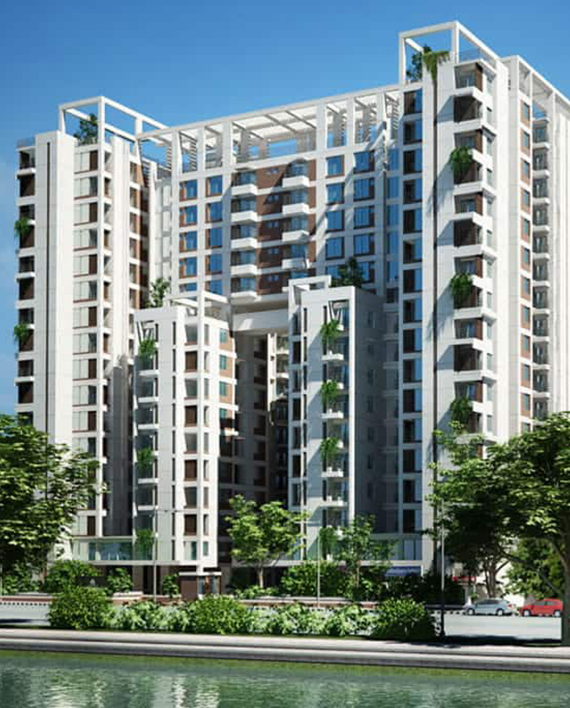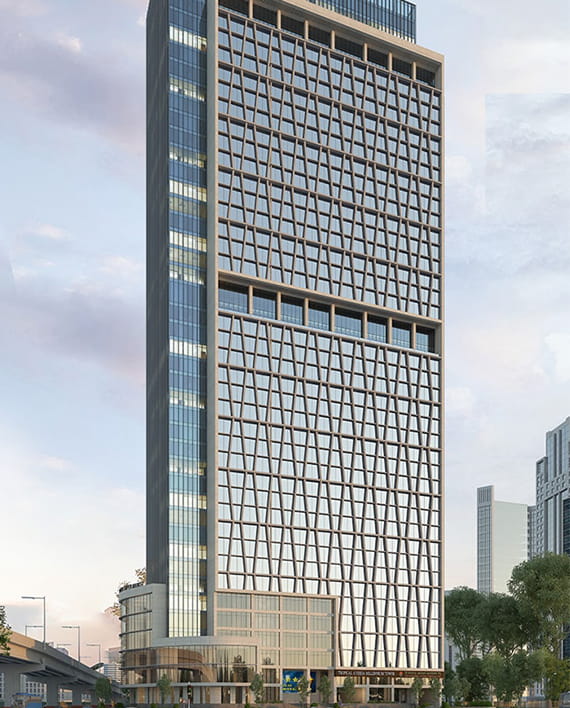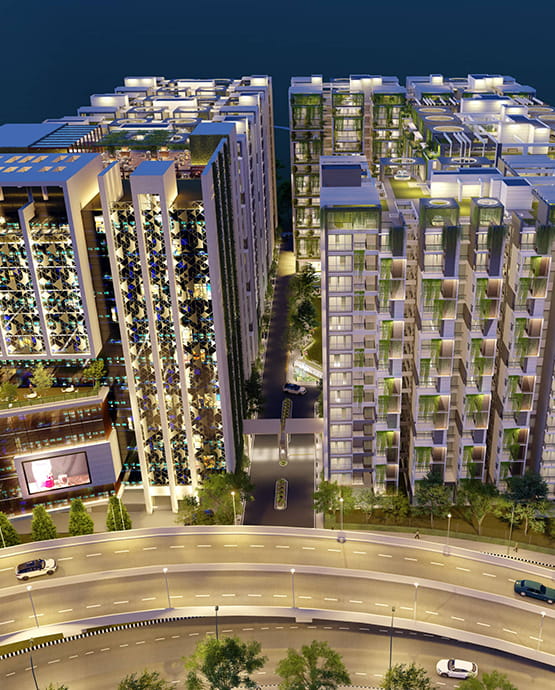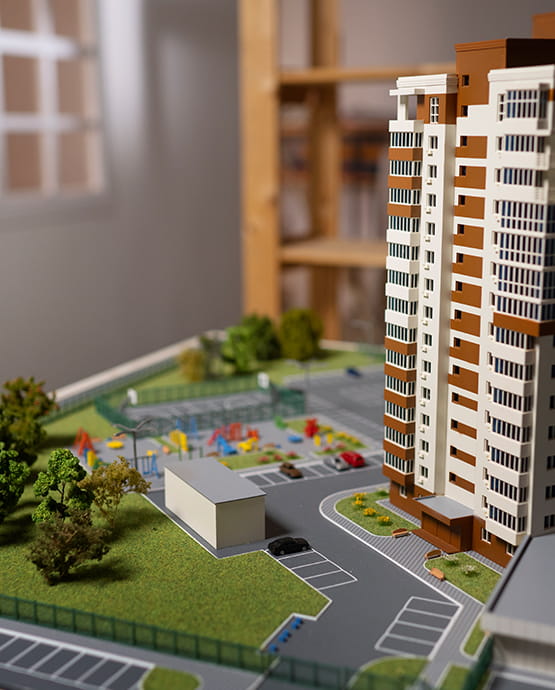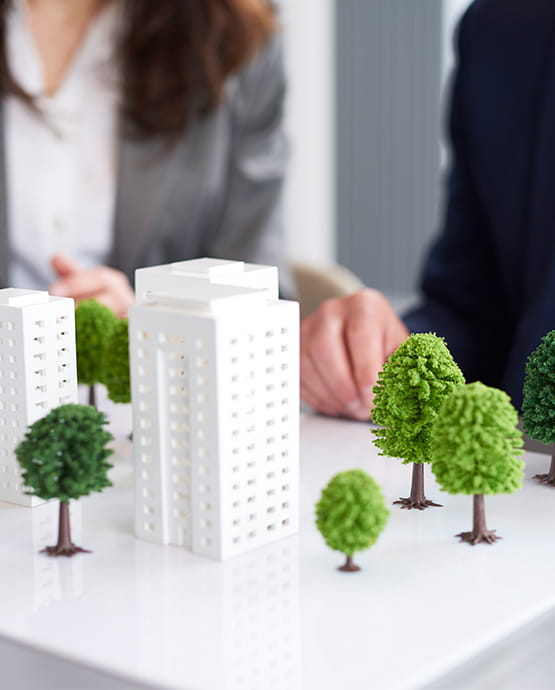Rules of Successful Land Development Design
- Oct 7, 2023
- Posted by: Tropical Homes
- Category: blog
Regardless of your goals, land development in Dhaka City might be difficult. Success in this endeavour necessitates an expert approach, one that knows the complexities of the terrain and cityscape in order to get the greatest results from your efforts.
The knowledge we possess at Tropical Homes is in becoming the foundation of effective land development plans. We adhere to innovative principles that emphasize every project we carry out, whether it’s residential developments, condominiums or multi-family complexes, or even commercial spaces.
This post provides information that can help you complete your next land development project successfully. These guiding standards give a thorough understanding required for successfully navigating and thriving in any land development project.
1. Understand & Evaluating the Land

2. Validating the Masterplan
Thorough planning should be prioritized in land development. Consider critical issues such as sewer, water, transportation, utilities, and earthwork from the beginning of the project rather than piecemeal advancement.
Maintain strict budgetary limitations while ensuring profitability by drawing out expenditure allocations in a complete feasibility study. Collaboration between land development engineers and planners, revising master plans to seamlessly incorporate infrastructure and improve cost efficiency, is a successful method.
This method of iteration produces significant changes, increasing your return on investment by tackling technical issues and optimizing project profitability.
3. Making to Use the Space Wisely

Efficient design is dependent on intelligent use of space, avoiding frequent hazards of wasted areas:
a: Intersections are expensive, taking valuable development land while providing minimal gain in traffic speed or safety, particularly in single-family projects.
b: Due to the increasing intensity of monsoon season, early implementation of stormwater management into master planning is critical. Addressing this from the start reduces costs and increases ROI.
c: Finally, consider different housing setbacks to maximize land utilization, which allows for more lots per acre with fewer roadways. This strategy, which is sometimes disregarded, offers a chance to maximize space economy in design.
The land’s design may maximize land utilization and cost-effectiveness from the start by reducing these three main space-wasting factors: junctions, stormwater management, and housing setbacks.
4. Explore Sustainable, Innovative, and Timeless Ideas
While fundamental techniques are a necessity and it’s beneficial, they should not be used to constrain our creative thinking in land development.
Each project is unique and presents its own set of obstacles. Failure to accept these design variances may result in missed chances to increase returns on investment and innovate.

Consider community facilities such as swimming pools, rooftop gardens, gymnasium, playgrounds, community halls, prayer rooms, day care centers, and much more when selecting items and projects to entice potential purchasers.
Additionally, for residential projects, creating a secure place where the homeowners’ pets are able to roam around, play, and have their own space is a unique selling factor for clients who own pets and may be an appealing addition to the building.
5. Plan the Streets Later
A typical error in land development is to begin with street design. Instead, effective engineers concentrate the construction of homes and lots above the layout of streets. This approach prioritizes the requirements of those who will be impacted by the design.
In this way, real estate developers may potentially increase the number of lots per acre and enhance green areas by focusing first on residences, resulting in a more desirable and liveable neighborhood.
Though it may appear paradoxical at first, this technique is correct. The issue is to make roadways shorter while boosting density and green space for a more welcoming neighborhood.
Conclusion
Being adaptive and market-aware is of the utmost importance in the dynamic world of land development. Challenges are unavoidable, but they provide chances for professional advice, particularly from problem-solving engineers. Understanding market changes, such as changing housing preferences and supply-demand dynamics, has a significant impact on design decisions. Sharing market knowledge with project teams promotes synchronization, which improves project productivity.
While external factors like market developments and customer tastes are uncontrollable, concentrating on basic laws allows us to affect what we can. This method not only increases success rates and ROI, but also assures stakeholder satisfaction.
Why Choose Tropical Homes?

Tropical Homes has expertise in navigating these issues. We deliver experience and a proactive approach to every project as your land development partner in Bangladesh.
Contact us now to see how we can work together to achieve profitable, meaningful land development that is aligned with market demands and sustainable practices.





